Already blessed by the rich natural environment of eastern Hokkaido, the city of Kitami has determined to attract IT businesses and build a robust teleworking environment. Amid the COVID-19 pandemic, teleworkers from diverse fields have come together to create a new community beyond their professional backgrounds.
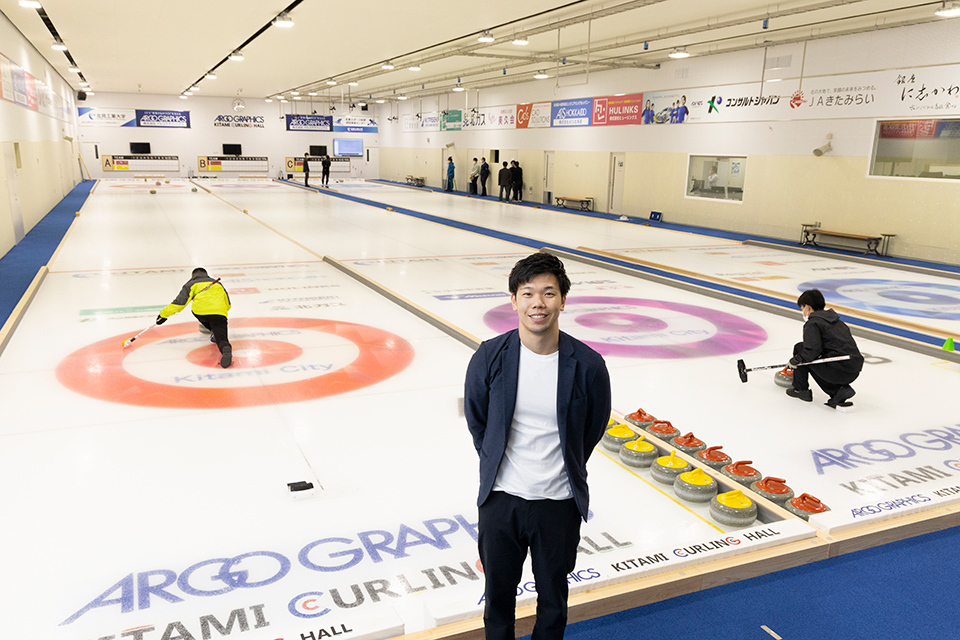
HIRATA Kosuke stands in front of the new curling rink that opened just last year. His ambition is to bolster Kitami’s fame as a “Curling City.”
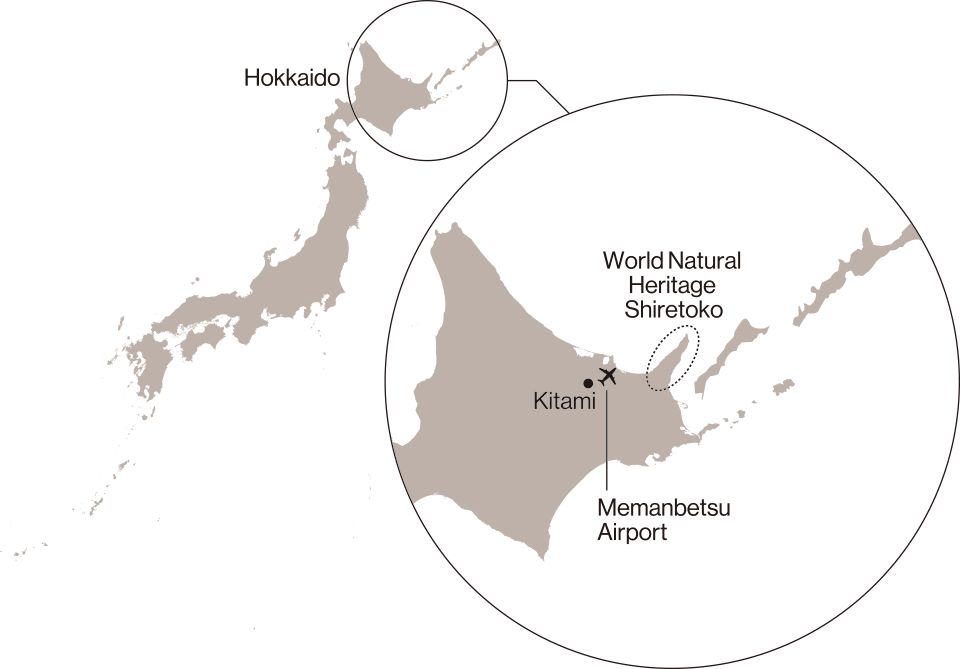
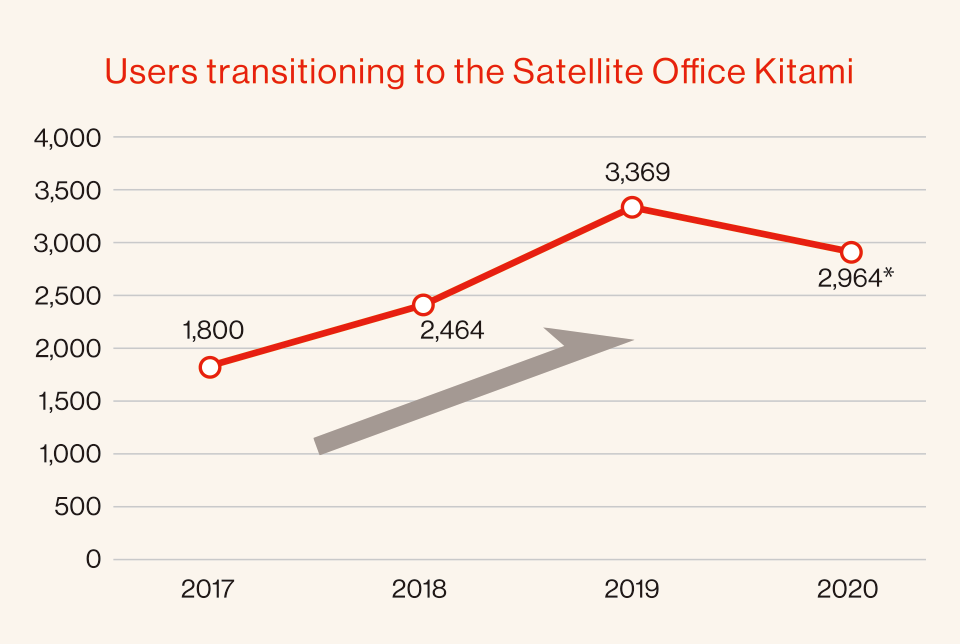
Opened in 2017, Satellite Office Kitami boasts an increasing number of workers utilizing it. *The number decreased in 2020 when the Office was closed to the public in response to the COVID-19 pandemic.
Kitami, Hokkaido Prefecture, is a city of approximately 115,000 inhabitants. Looking out on the Sea of Okhotsk, the city boasts a thriving farming and fishing industry and proudly produces more onions and scallops than any other place in Japan. Close to Memanbetsu Airport, itself only a 90-minute flight from Tokyo, the city is easily accessible from the capital. Satellite Office Kitami—which opened in the city center in 2017—is a facility that provides workspace for a total of 3,000 teleworkers every year. In addition to programmers and engineers from various firms based in the office itself, a wide variety of professionals—web media writers, manga artists, web designers, and more—take advantage of the venue and its facilities. Corporate workers who drop in during business trips are also on the rise.
One of the Office’s regular users is NISHIMURA Takako, who was born in Kitami’s neighboring town of Bihoro and now works remotely for a Tokyo accounting firm. After attending a university in Tokyo and pursuing her career in the capital for a number of years, she moved back to the area last summer with her two children to seek a better living environment. She is doing the same job as before, but online. “This city is very well balanced with regard to its urban functions and natural environment. One of its biggest draws is this satellite office, where people can work together. I’m not alone here, and have the chance to speak with other teleworkers, which sometimes helps me to ease my stress,” she explains. Local businesses have begun to consult her as an accountant, and she is eager to contribute more to the region in her professional capacity in the coming years.
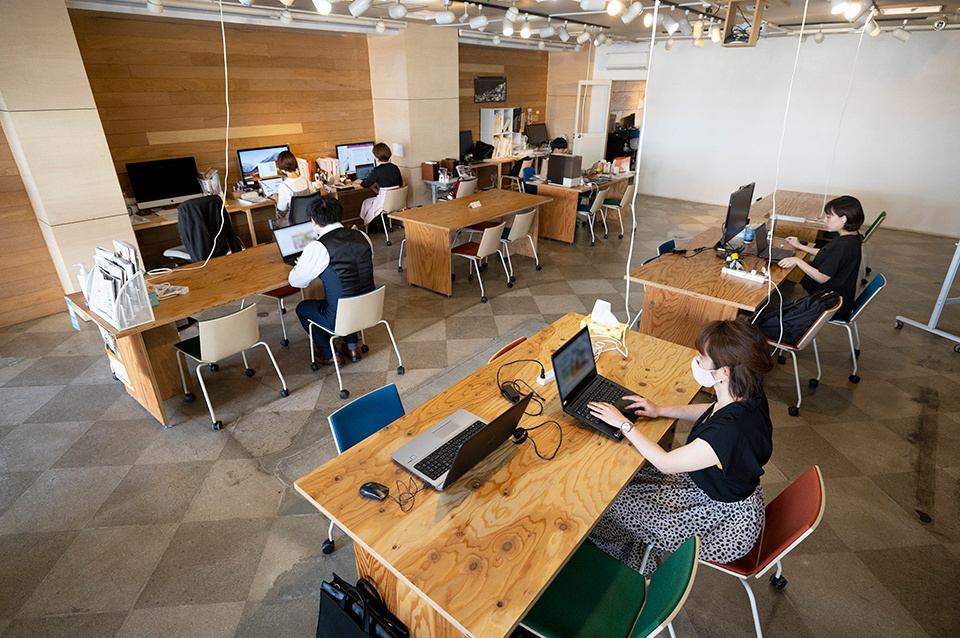
Satellite Office Kitami is a place where teleworkers from myriad sectors come together. They communicate with each other on a daily basis, opening up new vistas for their work.
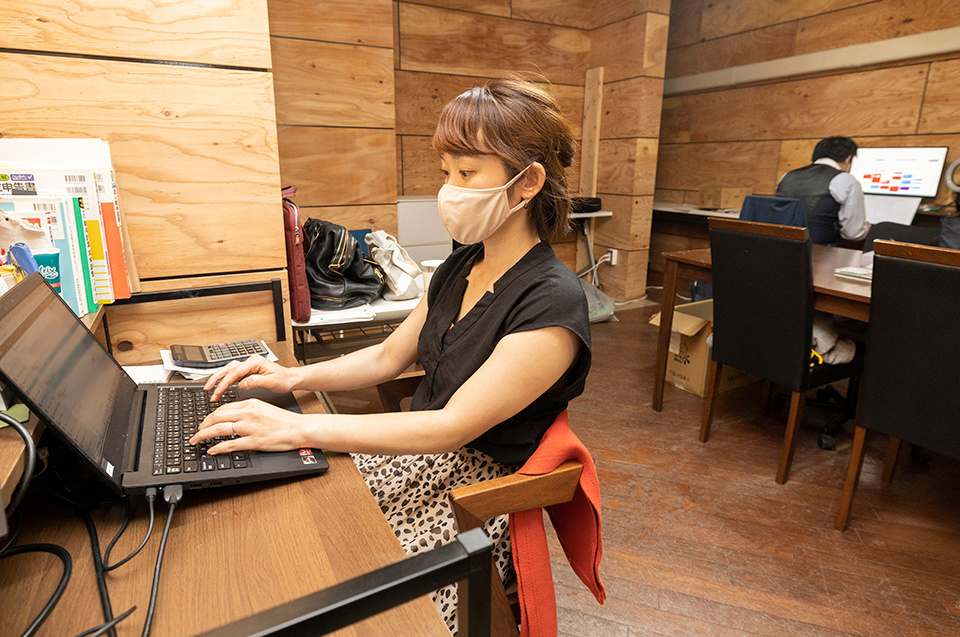
NISHIMURA Takako, who moved to Kitami from Tokyo last year, now enjoys a satisfying lifestyle combining work with parenting.
Kitami is the home of the Kitami Institute of Technology, Japan’s northernmost national university. However, like most provincial cities in Japan, it has been plagued by the outflow of young graduates toward Tokyo and other large metropolitan areas once they have finished their studies. By collaborating with IT firms, Kitami has been implementing a unique scheme to recover those human resources. The city extends support to people who wish to return after working for IT firms in large metropolitan areas for a number of years, having gained various skills and expertise. By providing such workers with a setting to which they can smoothly make the move back without any hesitancy, the city has already begun to attract numerous people with earlier connections. That, in turn, has led to the revitalization of the city itself.
One of the first people to take advantage of Kitami’s human resource recovery plan was HIRATA Kosuke, an Olympic athlete who played on the Japanese curling team at the 2018 PyeongChang Winter Games. After finishing a graduate course at the Kitami Institute of Technology, Hirata took a job at a Tokyo IT firm that had a partnership agreement with the city of Kitami. He worked as a programmer there while continuing his activities as a curler. After achieving his dream of participating in the Olympic Games, he moved back to Kitami while keeping his job with the IT firm. Hirata continues to work even as he trains for a second chance at the Winter Olympics, and Kitami has proved to be the perfect place for him to do that.
Last year, the city opened a second curling facility, which is equipped with an advanced system to analyze the motions of both the athletes and the curling stones. Hirata has been able to contribute data in his capacity as a top-class player, and he has also been working as the IT firm engineer with Kitami Institute of Technology Professor MASUI Fumito, his former mentor, to develop a system to improve curling performances.
“Very few athletes have successfully managed dual careers. I worried about this in the past, but Kitami provides me with an environment where I can achieve it, and there are also people around me to help. Though I live in a small municipality far from metropolitan areas, I want to prove that even someone in my situation can be a world-class athlete while working in cutting edge technology. I would like very much to be a good role model for local kids who want to compete in the Olympics,” says Hirata.
Kitami is surrounded by places of great natural beauty, including the World Natural Heritage Site of Shiretoko, and it is also the perfect place to both work and enjoy your days of leisure. Added to this is the bonus of the area’s wide array of fresh seafood. Once the pandemic is over, what could be a more wonderful idea than visiting—and perhaps working in—this charming city and meeting its people.
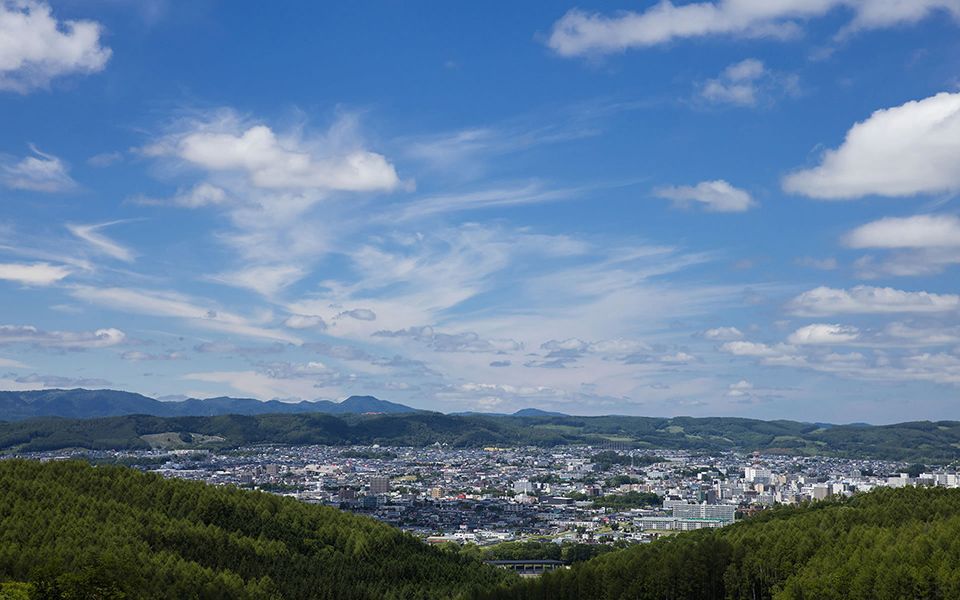
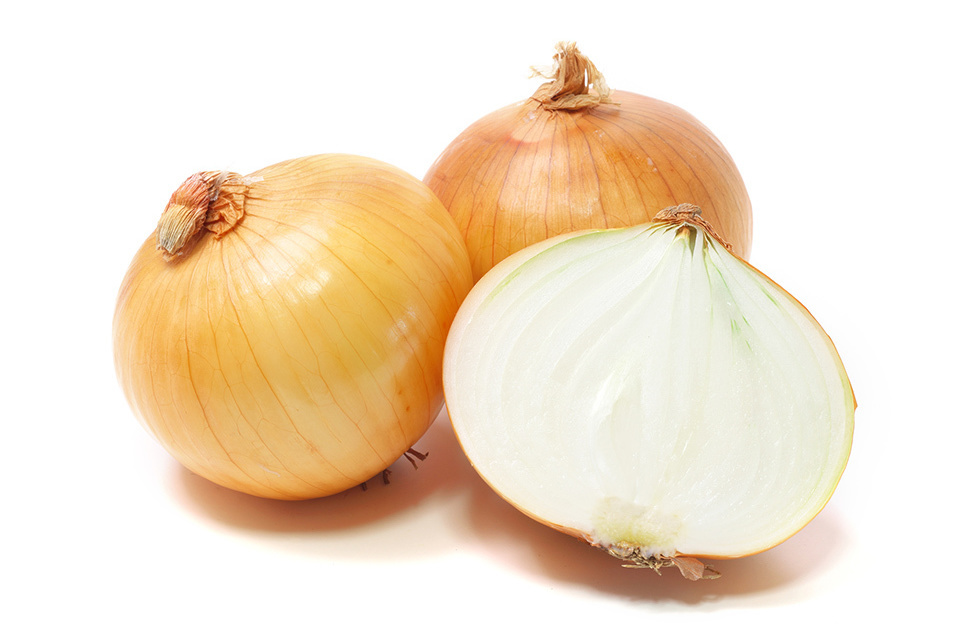
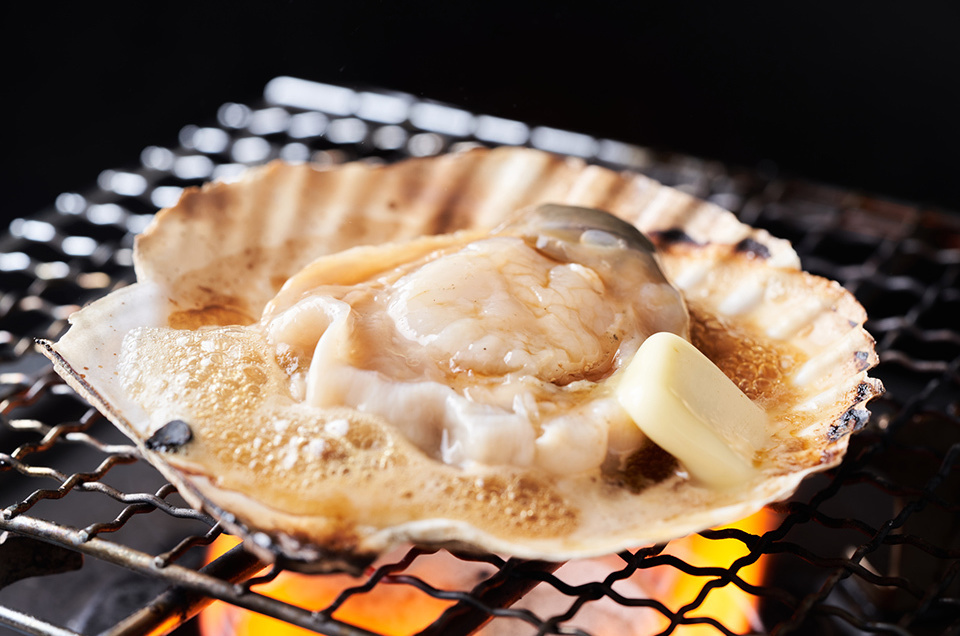
Kitami produces more onions and scallops than any other place in Japan. The city is famous not only for its fresh seafood but for its grilled meat (yakiniku) as well, making it a great place to enjoy food.






























